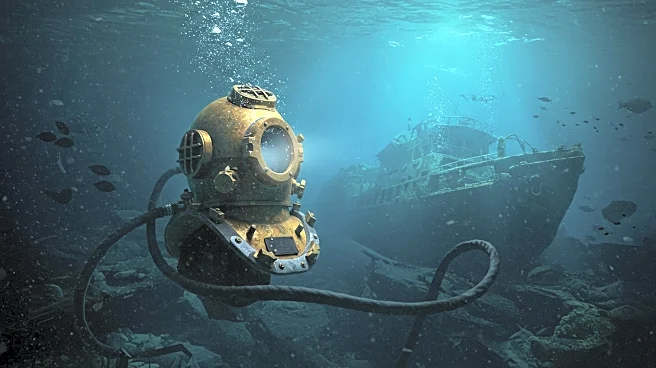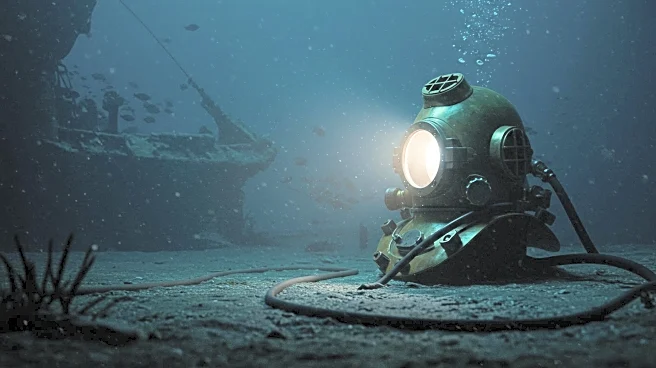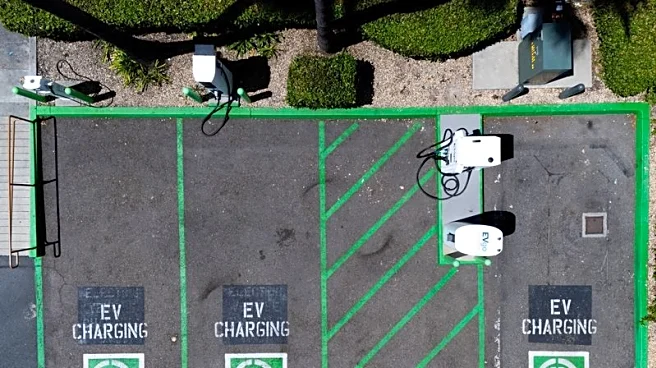What's Happening?
Salvage operations at the site of the MSC Elsa 3 wreck have entered a critical phase with the commencement of saturation diving to remove remaining fuel from the vessel. The operation, overseen by India's Directorate General of Shipping, began on August 20 and involves pumping out approximately 450 metric tons of fuel, including diesel and Very Low Sulfur Fuel Oil (VLSFO). The wreck, located 14 nautical miles off the coast of Kerala, India, presents challenges due to its depth of 51 meters and exposure to monsoon conditions. SMIT Salvage, a specialist firm, has been engaged to complete the fuel extraction by September 25, although weather conditions may affect the timeline. Local fishermen and vessels have been advised to avoid a one-nautical-mile exclusion zone around the operation to ensure safety and prevent pollution.
Why It's Important?
The removal of fuel from the MSC Elsa 3 is crucial to prevent environmental damage in the region, which has already seen small quantities of fuel dissipate in sea conditions. The operation is significant for maritime safety and environmental protection, as the wreck has impacted coastal areas with debris, including plastic nurdles and containers. Legal challenges are ongoing, with MSC Mediterranean Shipping Company facing claims from Kerala and Sri Lanka for environmental damage. The case highlights the complexities of maritime liability and the potential impact on international trade, as MSC seeks to limit its liability and address claims from affected parties.
What's Next?
The salvage operation is expected to continue until September 25, with potential delays due to weather conditions. Legal proceedings are ongoing, with MSC facing claims from Kerala and Sri Lanka. The company is working to resolve these issues while ensuring the safe removal of fuel and debris from the wreck site. The outcome of these legal challenges could set precedents for future maritime liability cases, impacting shipping companies' operations and trade relations.












